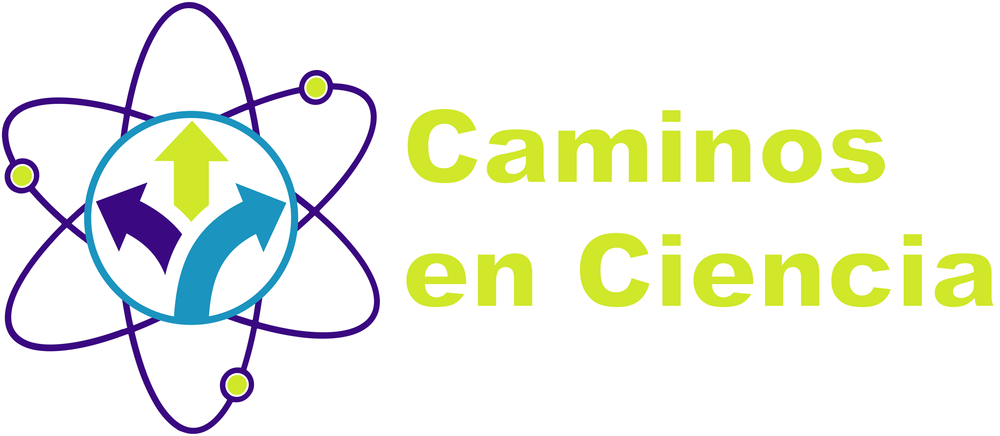Dina García, PhD - Assistant Professor, Department of Health Behavior and Policy at Virginia Commonwealth University School of Medicine
Dr. Dina García was born in Guadalajara, Mexico but her family soon immigrated to the United states when she was 2 years old. Her family moved to Milwaukee, Wisconsin, due to her late grandfather having previously worked harvesting potatoes and carrots around the area.
Both her parents were agronomic engineers from La Universidad de Guadalajara which inspired Dina to go into science. Dina’s mother especially encouraged her by proving that women could thrive in scientific careers. Dina’s mother was one of 11 women in her graduating class of over 300 people in agronomic engineering as well as the only woman to specialize in soil science. This pushed Dina to see science as a possible career option from the very beginning.
She participated in a summer program during high school which paired her with a research mentor at the University of Wisconsin-Madison (UW Madison). This experience allowed her to see another side of science, as a researcher. Dina soon enrolled at UW Madison and graduated with a bachelors in Bacteriology. Her interest in research and desire to help communities lead her to move to Harlingen, Texas in order to work with immigrant families in need. Her work there let her understand many health disparities in need of change, of which the largest two are oral health and diabetes. She returned to Milwaukee, Wisconsin and got her PhD in public health to directly investigate oral health and diabetes, as well as their relationship. She then moved to Iowa for a post-doctoral experience in a dentistry college where she received more training in systemic diseases. Dr. Dina García is currently a brand-new assistant professor at Virginia Commonwealth University in Richmond, Virginia.
Dr. García’s path took her through many locations and environments away from her family. This was tough, especially coming from a culture which traditionally values family. She mentions how many times in her career she wanted to go back home to her family but persevered. She now feels proud and accomplished of her career and values being able to go through many obstacles while excelling in her field.
Dr. Dina García is an AAAS Mass Media Fellow and worked with CNN Español to spread academic findings and help promote social change. While at CNN, she prepared interviews and several web resources to communicate health messages. She helped journalism by expanding the range of scientist to interview. Typically, journalist only look for US researchers while ignore the broad range of diverse scientists outside of the US.
She has renewed goals and is excited to be a mentor in her new position while asking herself “what can I do to be a good mentor to my students”. She mentions how the vast majority of her mentors were men. This doesn’t take away from the value of their mentorship but hopes that as a woman in science herself, she can provide a unique and diverse point of view for students. An important detail Dina stresses is that, not only do we need to continue increasing the enrollment and retention of women students in STEM, but we also need to increase the number of women mentors and leaders throughout science.
Her research interests are diabetes and oral health. Periodontitis, inflammation and serious infection of the gums which can cause the loss of teeth, is connected to diabetes. She uses secondary datasets to study the association between uncontrolled diabetes and periodontitis.
Dina has had an incredible life with a colorful range of experiences all over the US. Her story of being inspired by her mother to go into science is fascinating and an important reminder of why representation in higher education is indispensable. Overall, her emphasis on communicating her epidemiology work in public health to communities through science journalism is so important and we are glad to have her working on it!
By Miguel A. Osorio García, PhD Candidate in Biochemistry at the University of Wisconsin-Madison.
From Jalisco, Mexico.
Follow Dr. Dina García: [Twitter] @EpiDG
Check out her interview in Spanish!
Special thanks to Miguel A. Osorio García for summarizing our interview with Dr. Dina García!


